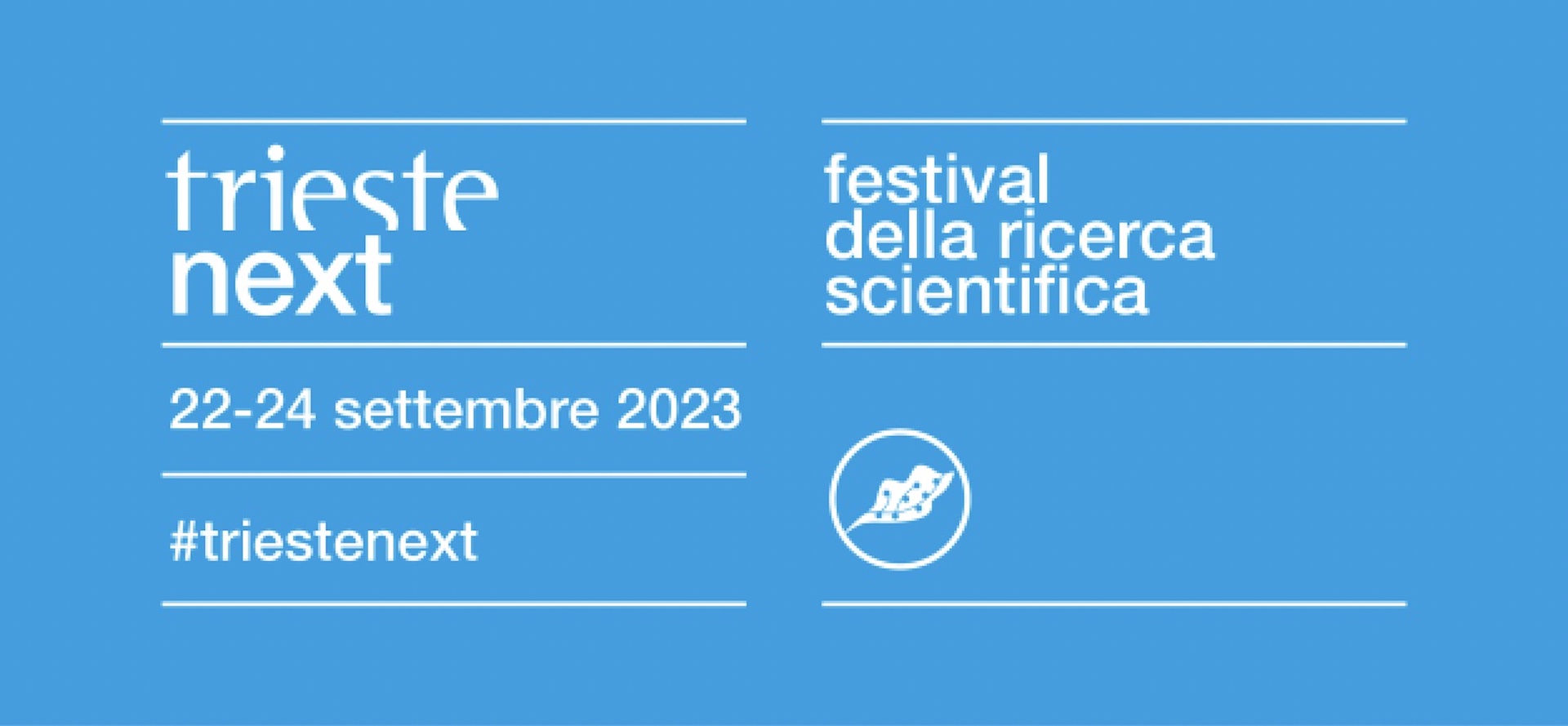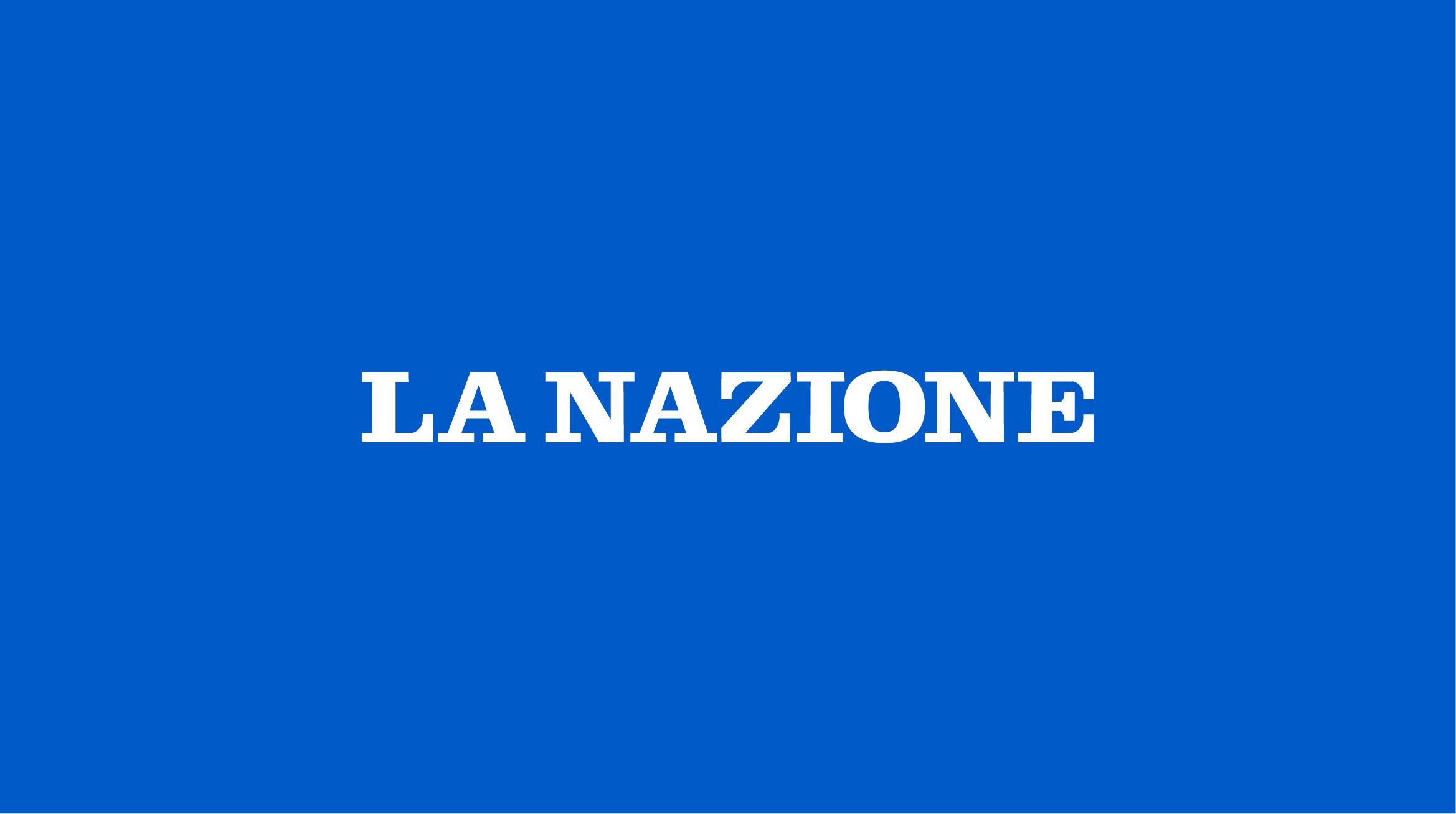The perfect sequence combines the years of death and birth of three major figures such as Michelangelo, Galileo and Newton in order. The year of the first’s death (1564) is the year of the second’s birth, and the year of his death (1642) is the year of the third’s birth. It almost seems that during their lifetime the spirit of genius continued to perpetuate itself for more than two centuries. Genius, in Galileo’s case, worked in the dual context of art and science. In fact, he should be recognized for his strong talent in the literary field (for Italo Calvino he was “the greatest Italian prose writer”) and his exceptional innovative drive in the scientific field. A second sequence, also based on deep elective connections, places Galileo between the “greatest” of our literature: Dante and Leopardi. In fact, we should not forget that the Pisan scholar actually began his academic career in 1588 by giving two lectures at the Florentine Academy on the shape, location and size of Dante’s Inferno. In it, the young Galileo defended the reconstruction of the geography and shape of Dante’s Inferno proposed by Antonio Manetti, the biographer of Filippo Brunelleschi, author of the famous dome of Florence Cathedral. As some believe, Brunelleschi’s inverted dome could represent the Hell that Dante imagined, with Zuccari’s frescoes of the damned painted on the walls and the prominent lantern representing the abyss of the infernal chasm. In fact, Dante’s Inferno appears to us as a hollow cone that cuts the surface of the Earth in a circle with a diameter equal to half the diameter of the Earth, and consisting of nine “circles” divided into eight levels, like the steps of an amphitheater. Dante did provide some analogies, but not in the Divine Comedy. In his treatment of Manetti’s conical Inferno, Galileo shared the idea of steps supported by a solid floor, covered by a massive vault, the stability of which he showed possible without taking into account, as he would in later studies, the resistance of the constituent materials. As for Leopardi, Galileo could not exert influence until after his death, especially in the field of philosophy and literary style. The poet of Recanati diligently read it, which cemented his status as a scholar and the central role he played in the history of human thought. Thus we read in his youthful writings, Storia dell’Astronomia: “Galilei was a philosopher, he was a mathematician. Two distinctions made him very capable of laying the foundations of kinesiology. In Zibaldon, Galileo is defined as “perhaps the greatest physicist and mathematician in the world…the first reformer of philosophy and the human spirit”; Finally, in the Crestomazia della Prose, Leopardi collects several Galilean passages on nature and knowledge in the form of an anthology.
In short, the character of Galileo represents an exceptional (and rare) versatility that is exercised in many fields, from science to philosophy and literature. The art historian Erwin Panofsky wrote about it well in his 1954 article “Galileo, Critic of Arts,” in which he emphasized how the thought of the Pisan scholar proceeded according to a rigorous method capable of establishing and establishing precise hierarchies of values also in literature and art. Technical. A method supported by strong rationalism, aimed at a broad knowledge of “nature” in the broad sense, which he generally applied to separate science from religion, magic, art, and mysticism. In the literary field, for example, Galileo expressed a clear preference for the work of Ariosto over that of Tasso. The latter’s metaphorical style reminded him of the deceptive perspective of “distorted forms”, forms that are only clear to our eyes when viewed by default, from a specific point of view, while when observed in the full field they represent only a “distorted and confusing image”. A disorderly mixture of lines and colours.” For Panofsky, Galileo ends up associating liberated Jerusalem, in essence, with little-loved behaviour, establishing on the other hand an implicit equivalence between the poetics of Orlando Furioso and his favorite classical Renaissance art. Within these coordinates, we can understand Better is the sharp judgment that Galileo maintained of the Liberata, which was defined as “a little study of a curious little man, which he delighted in adorning with objects of its own, either antiquity, rarity, or otherwise, from a pilgrim.” A “studio” of courteous taste, Which, as it is described, reminds us, according to Salvatore Silvano Negro, of the culture that can be felt in the library of the pedantic and obtuse Don Ferrante, the Aristotelian Manzonian who insisted on denying the plague epidemic as he died because of it, “blaming the stars.”
Speaking of stars, in 1610, a revolutionary work by Galileo entitled Sidereus Nuncius was published, resulting from the spread of the so-called “Dutch telescope” in Europe. It all began when, in September 1608, Hans Lipperhey, an optician from Middelburg, a town near The Hague, requested an audience with Count Maurice of Nassau, Commander-in-Chief of the United Provinces of the Netherlands, with the aim of presenting him with a new invention: “a certain device Through it all things can be seen at a great distance as if they were close up.” Since that date, the telescope has spread widely throughout most parts of Europe, including our country. In Venice, it was Paolo Sarpi, a monk with strong scientific interests, who informed Galileo, who repaired the instrument by applying his own mathematical invention and thus going beyond the results obtained from the experimental approach of the Dutch spectacle makers. Thus, in March 1610, Sidereus was published, and in the same year Galileo’s book and his telescope became known throughout Europe, effectively leading to the collapse of the entire Aristotelian-Ptolemaic cosmology. The moon could no longer be considered smooth and composed of incorruptible heavenly matter. On the contrary, it revealed a noticeable roughness, due to its mountains and craters. Furthermore, when analyzing the Milky Way, Galileo described it as a collection of stars and celestial bodies; Jupiter was a planet similar to Earth, with four new moons called the “Medici planets”, in honor of the noble family of Florence. Also in 1610, Ludovico Cigoli, a fellow student and great friend of Galileo, began painting a fresco in Rome, in Santa Maria Maggiore, in which the Virgin towered over a moon that showed the same features observed by the Pisan telescope. The world: “uneven, rough, full of hollows and ridges, nothing but the face of the earth itself.” The fresco carried a new vision of the material world, and for this very reason, it attracted the suspicion and interest of the Holy Office. At the end of 1613, in the wake of theological reservations expressed by the Catholic Church against Copernicanism, the wind suddenly changed its direction and the Tuscan ambassador to Rome Piero Guicciardini noted that the Eternal City was no longer “a country that will come to quarrel about the moon, that does not want to support us, nor to come to us.” With new doctrines.” Twenty years later, in June 1633, in the face of the Holy Inquisition, the same winds would bring a storm: Galileo was summoned to report on his theses on the motions of the sun and the earth, and he could defend himself not with a telescope, but only with a tax and a denial. Very painful.

“Infuriatingly humble social media buff. Twitter advocate. Writer. Internet nerd.”



